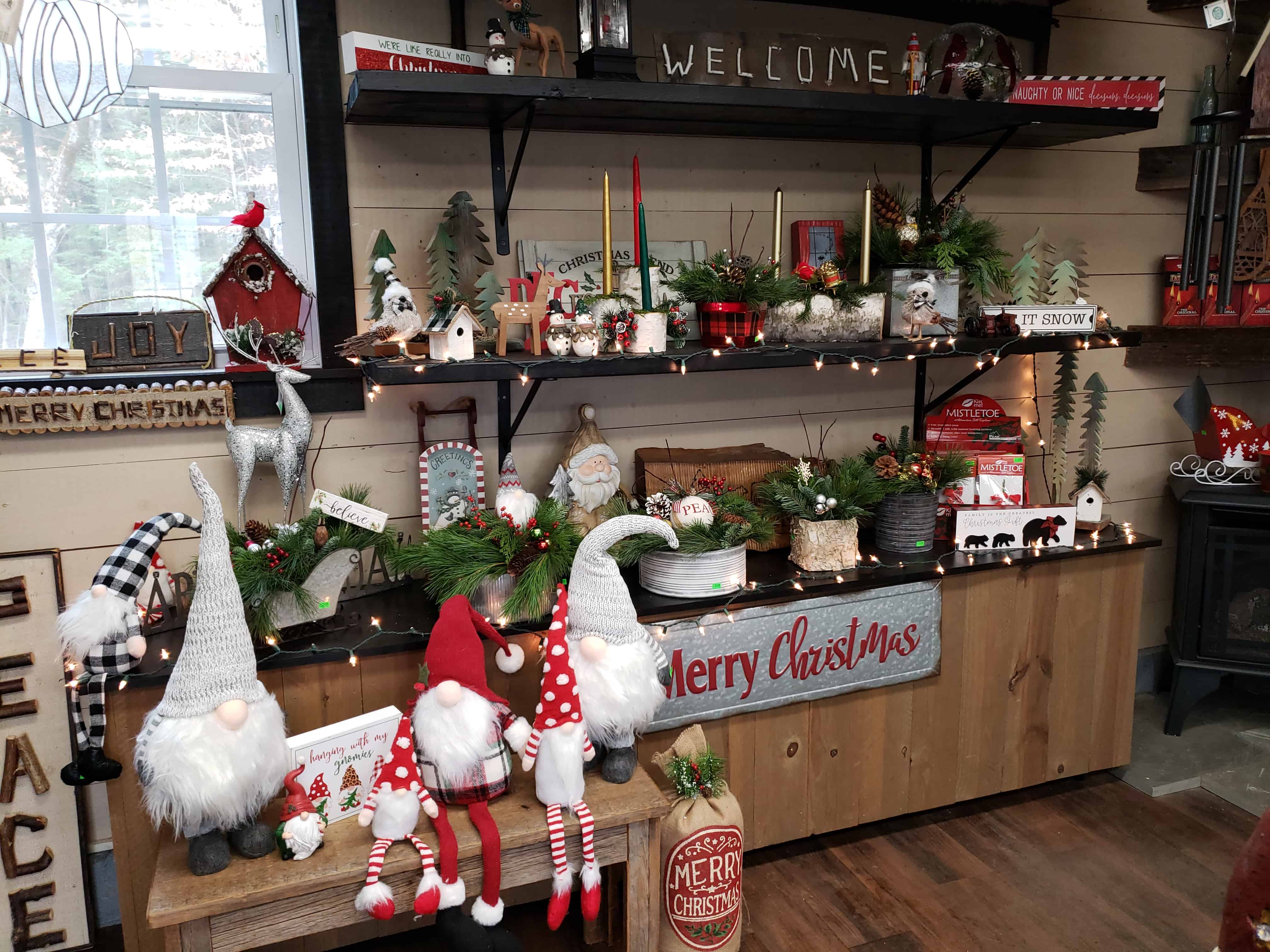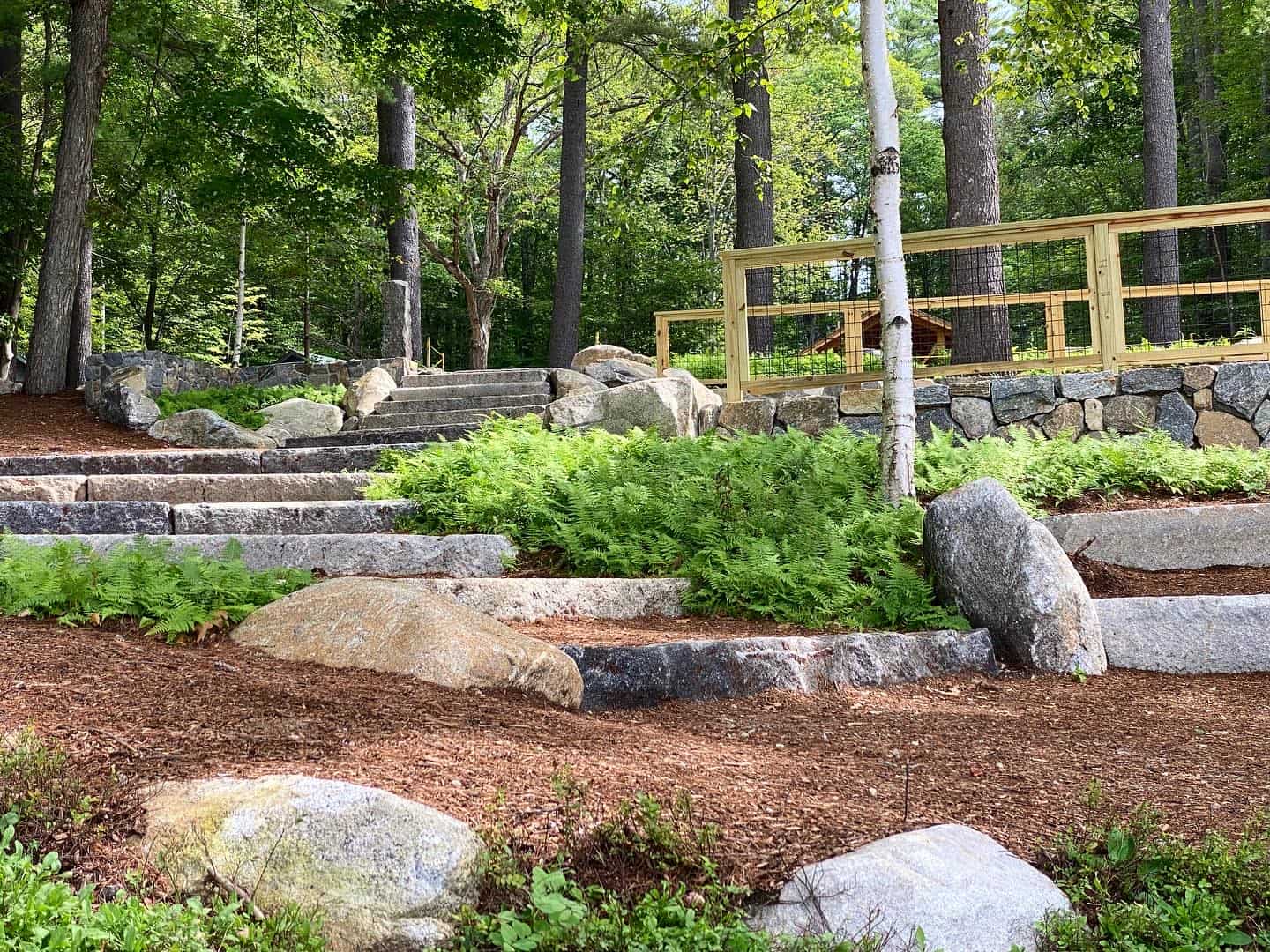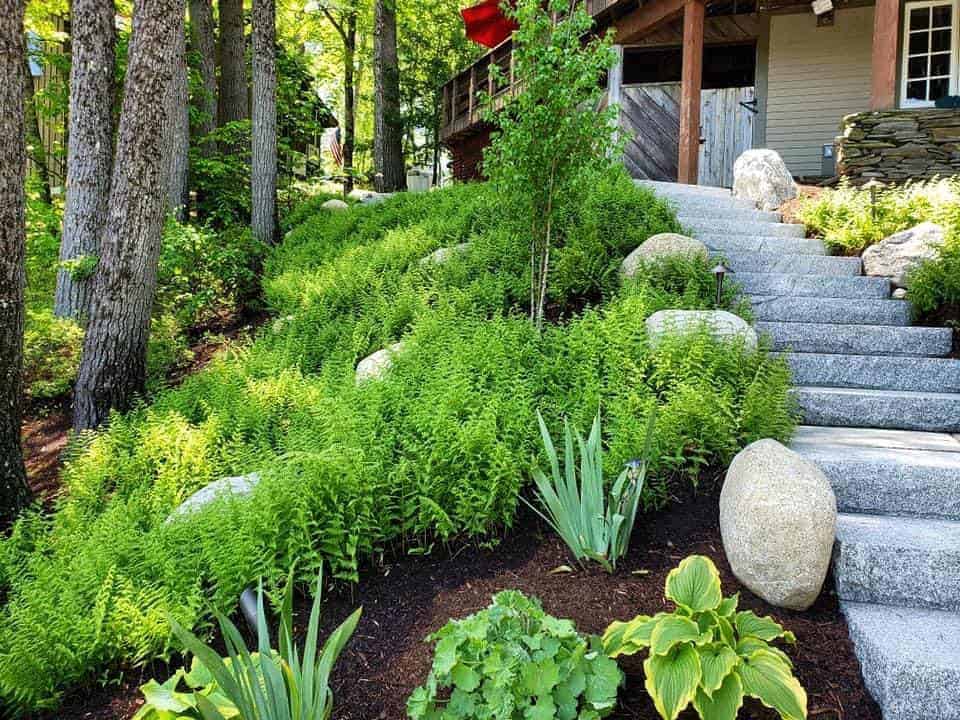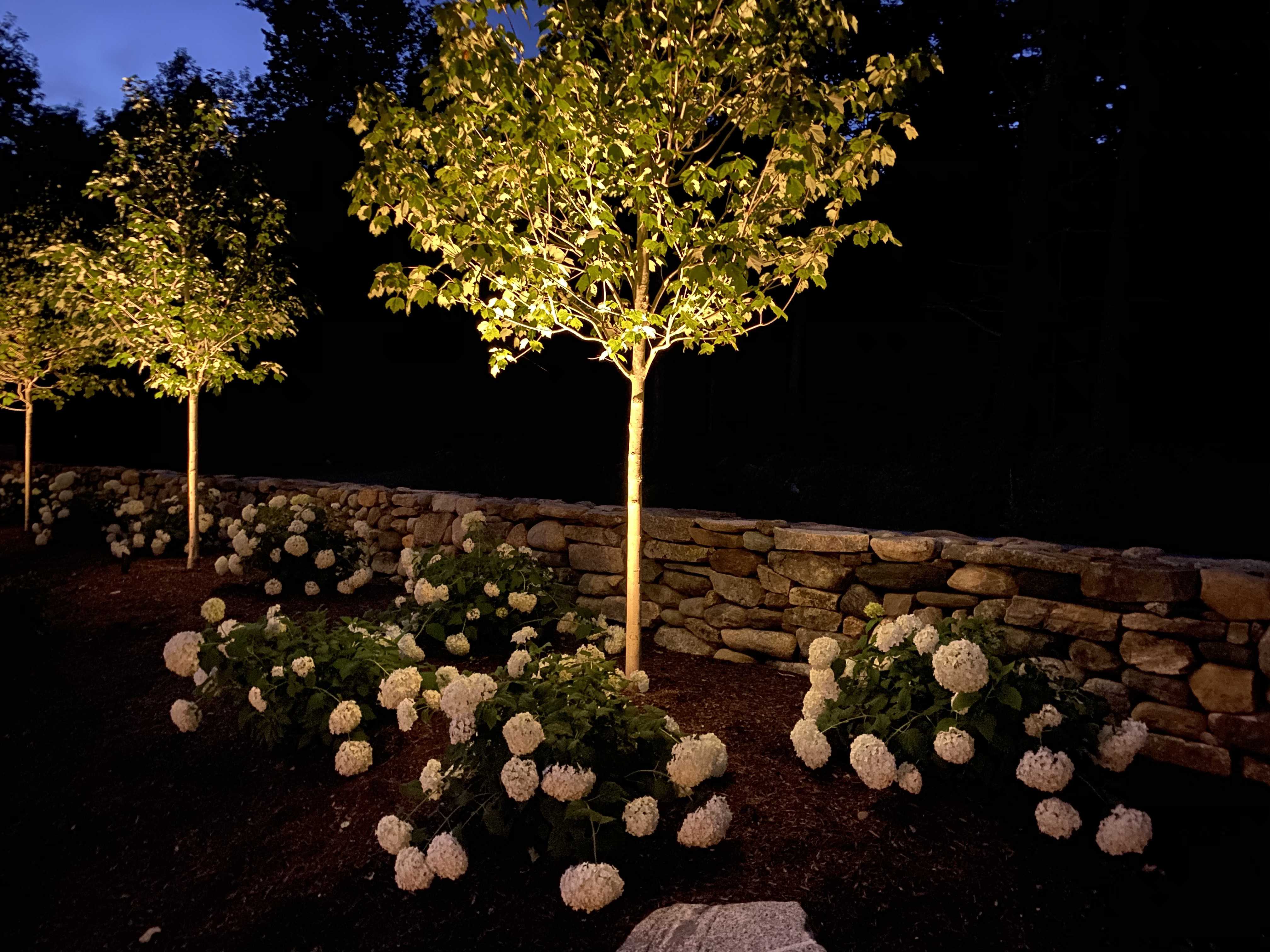When we think of our gardens, we think of colorful flowers blooming in the spring, growing at a prolific rate in the summer, gradually fading in the fall, and then in the winter, we nostalgically wait to see some pop of color again. But, with a little planning and perhaps some professional help, you can have a garden that showcases delightful swaths of color all year round.
Planting the Foundation
If flowers are the stars of gardens, trees and shrubs are the best supporting actors; they provide the structure necessary for the stars to shine. Trees and shrubs provide the shade necessary for your garden to thrive.
Trees like maple and red oak will provide beautiful foliage in the fall, and dogwood and the eastern redbud bloom in early spring, bringing your garden necessary color soon after winter. Evergreens do what they say they will do…they stay green all throughout the winter, reminding us that not everything is gray, brown, and white.
Shrubbery such as holly bushes will provide a nice pop of red color throughout the winter and provide perfect clippings for holiday décor. Most holly bushes need both a male and female bush planted near each other to be able to produce berries, so keep that in mind when purchasing this shrubbery; only the female will have berries.
Hellebore is a beautiful flowering shrub that is very cold tolerant and does not need to be deadheaded or pruned back when fall comes, and their flowers are some of the first to arrive in spring. During the winter months, don’t be alarmed if you see the shrubs lying flat! They are not dead; they are just trying to gather warmth from the ground. As the temperatures rise, so will they.
Hydrangeas, azaleas, rhododendrons, and lilacs are popular shrubs in New England, and produce an abundance of blooms throughout the spring and summer. Lilacs are especially popular in New England, as they were traditionally planted near kitchen windows or doors to help with odor control. The oldest living lilacs in North America are here in New Hampshire, at the Governor Wentworth House in Portsmouth; they are thought to have been planted in 1750!
Creating a Colorful Palette
The next thing to think about in your garden plan is adding interest. Planting borders of mixed perennials are a great way to add long-lasting and stress-free color and interest to your landscaping. Plant once and forget about it, mostly, but it’s best to divide perennials every couple of years to stimulate blooming and growth. You’ll want to aim for a good mix of colors, textures, heights, bloom times, and blooming durations.
Irises, daffodils, tulips, and crocuses bloom quickly in the spring, giving us first glimpses of color. These are great for getting your garden started.
Allium will provide color and height along with visual interest in summer, as will poppies. Lavender keeps its purple color for a long time once it blooms. Sunflowers will add height and color in the summer to the fall, and zinnias are perfect for a wondrous splash of color closer to the ground. Perennials like mums and asters will provide color until frost and will come back year-after-year to provide color when the rest of the garden is dying off.
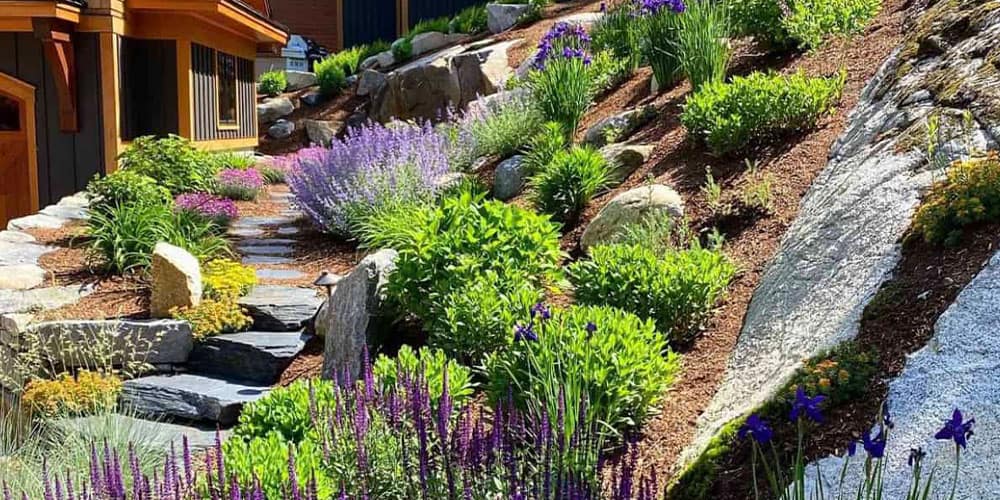 Adding Layers
Adding Layers
Ornamental grasses are perfect for filling in between the flower layer and the tree/shrubbery layers. These colorful grasses will add depth to your design, and visual interest to your four-season garden.
Grasses to consider include:
- White sage: These fragrant, silvery white leaves will go well in any garden and are deer and rabbit resistant.
- Elijah blue fescue: These stunning dwarf grasses add a delightful visual interest and a great bit of color to any garden.
- Purple fountain grass: This grass is noted for their calming movements as much as their burgundy plumage.
- Little Bluestem: This popular border grass is noted for growing straight up, and for its beautiful bronze color in the fall.
Ferns, hostas, and other foliage are a great addition to gardens as well. Hostas come in a variety of patterns, leaf sizes, and leaf shapes. There are many varieties of ferns, and each can bring something special to your garden:
- Ostrich Fern is big and showy and can grow up to six feet tall.
- American Royal Fern grows well next to hostas and will grow to about five feet in a shady garden.
- Himalayan Maidenhair Fern is a great groundcover and is evergreen.
With a little forward planning, and some carefully chosen plants, your garden can be a showcase to be proud of throughout the year.
At Stephens Landscaping, we have the knowledge and the experience to help you make the most out of your four-season garden. Contact us to discuss your ideas or give us a call at 603.707.0630 to discuss your fall planting project, and be sure to visit our Garden Center for all of your planting and holiday decorating needs. We’ve got new plants coming in weekly, all available for delivery.


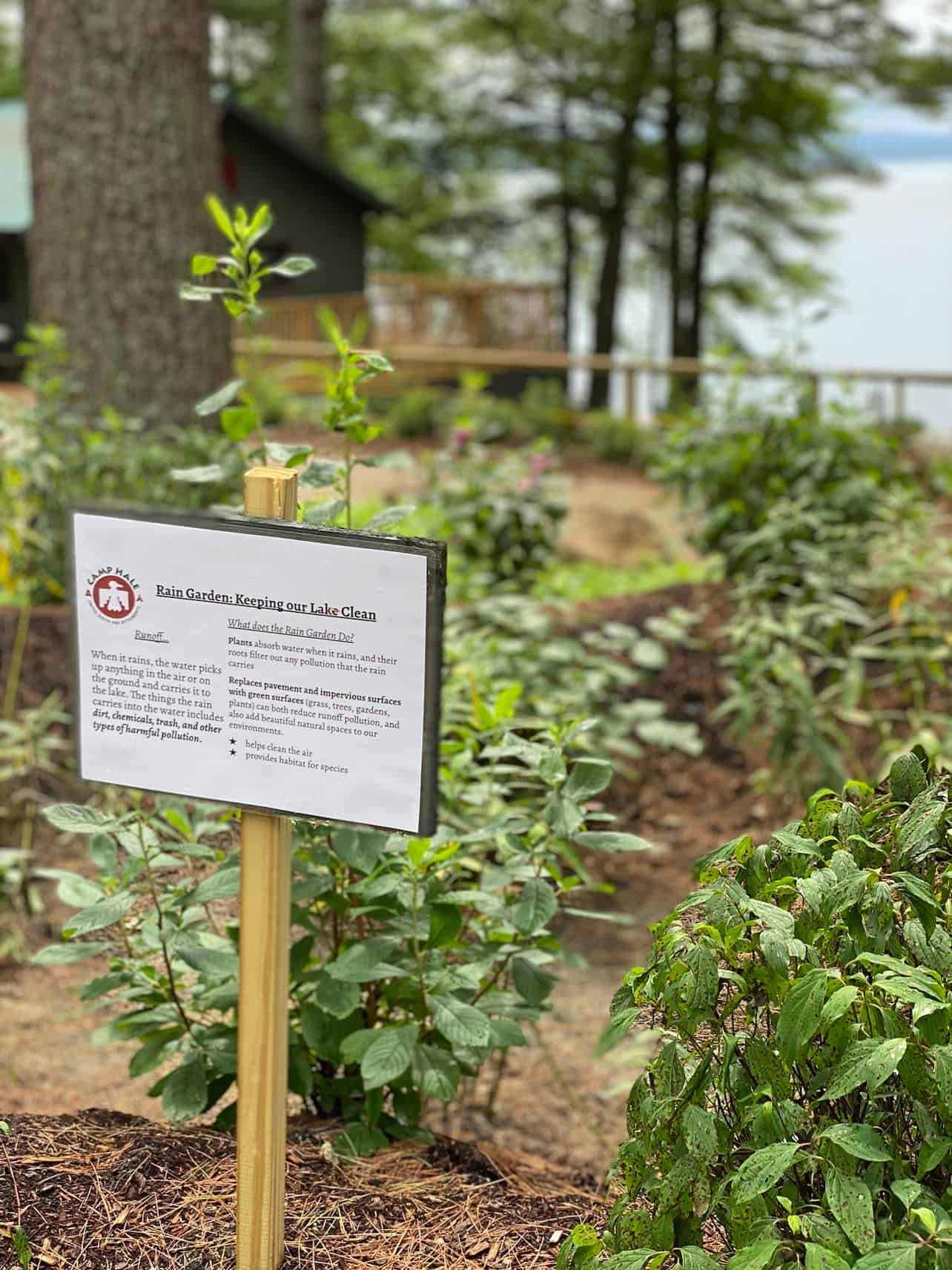
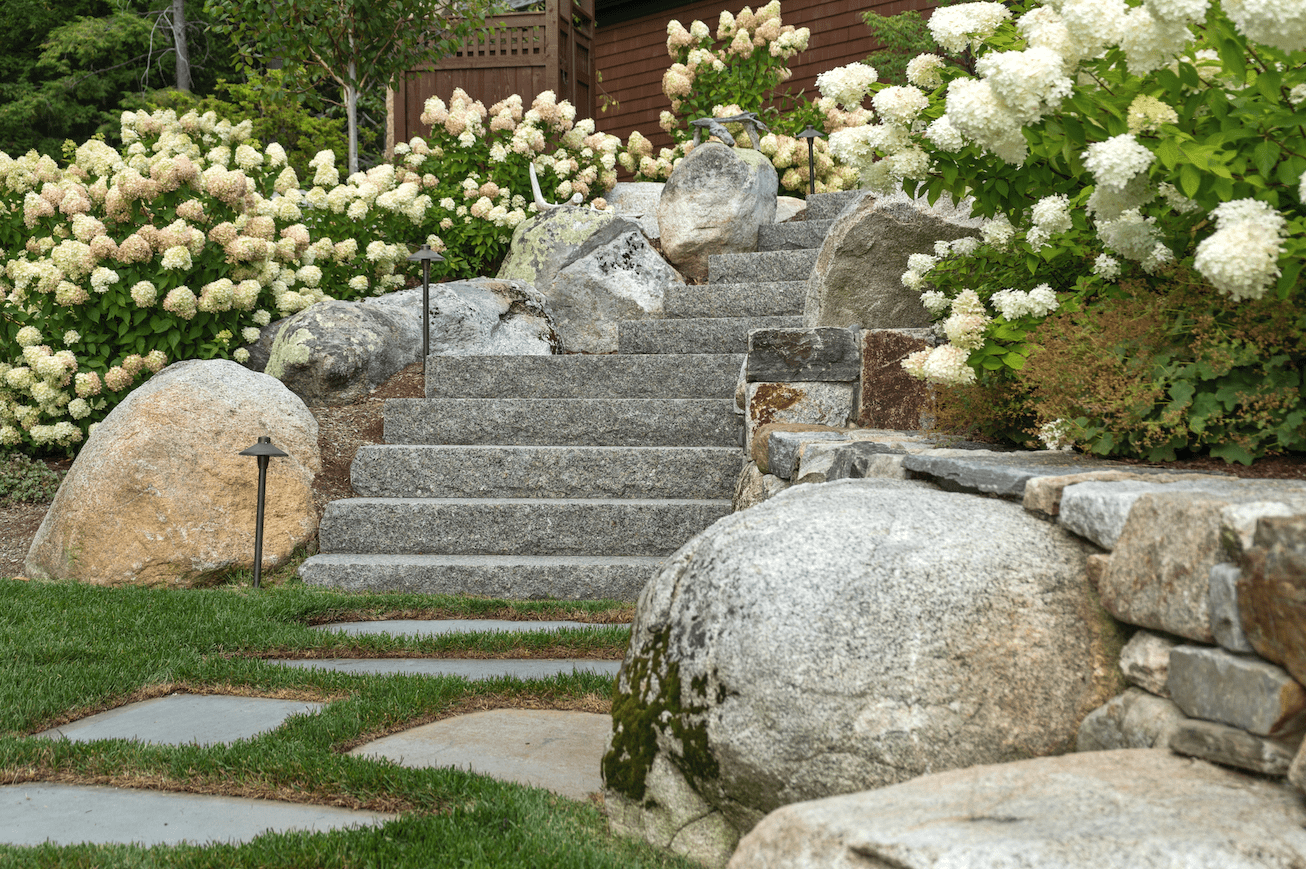
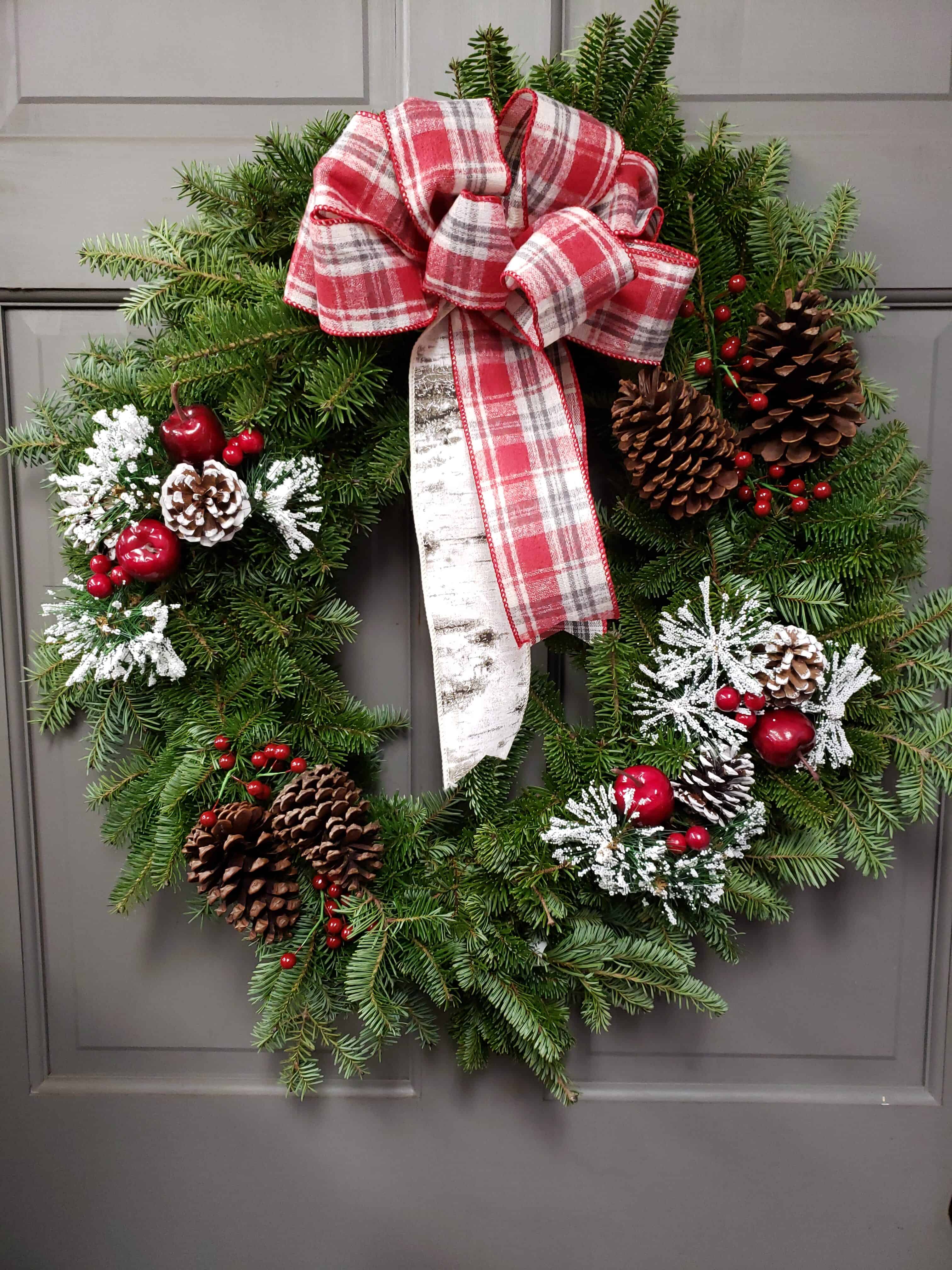
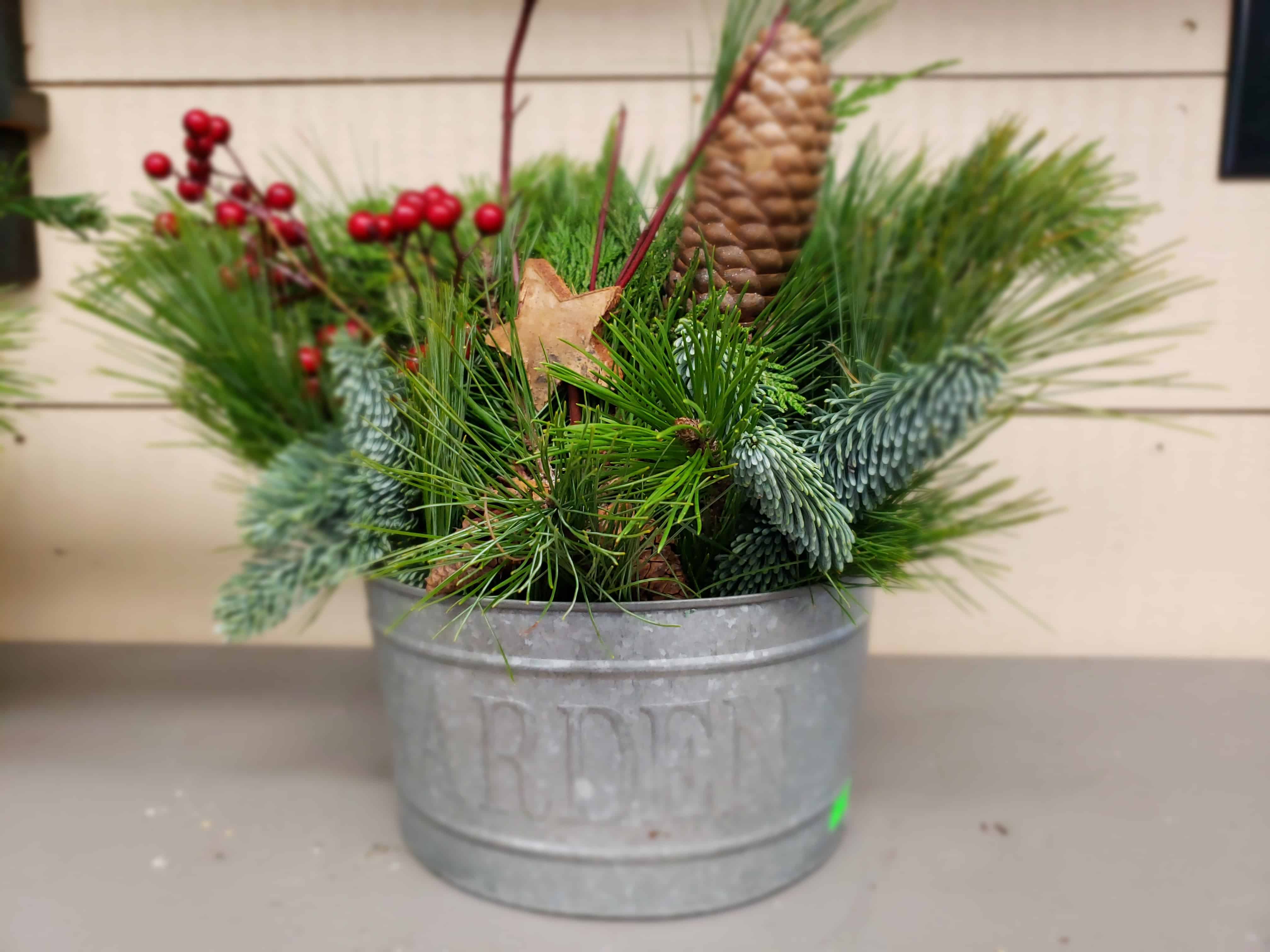
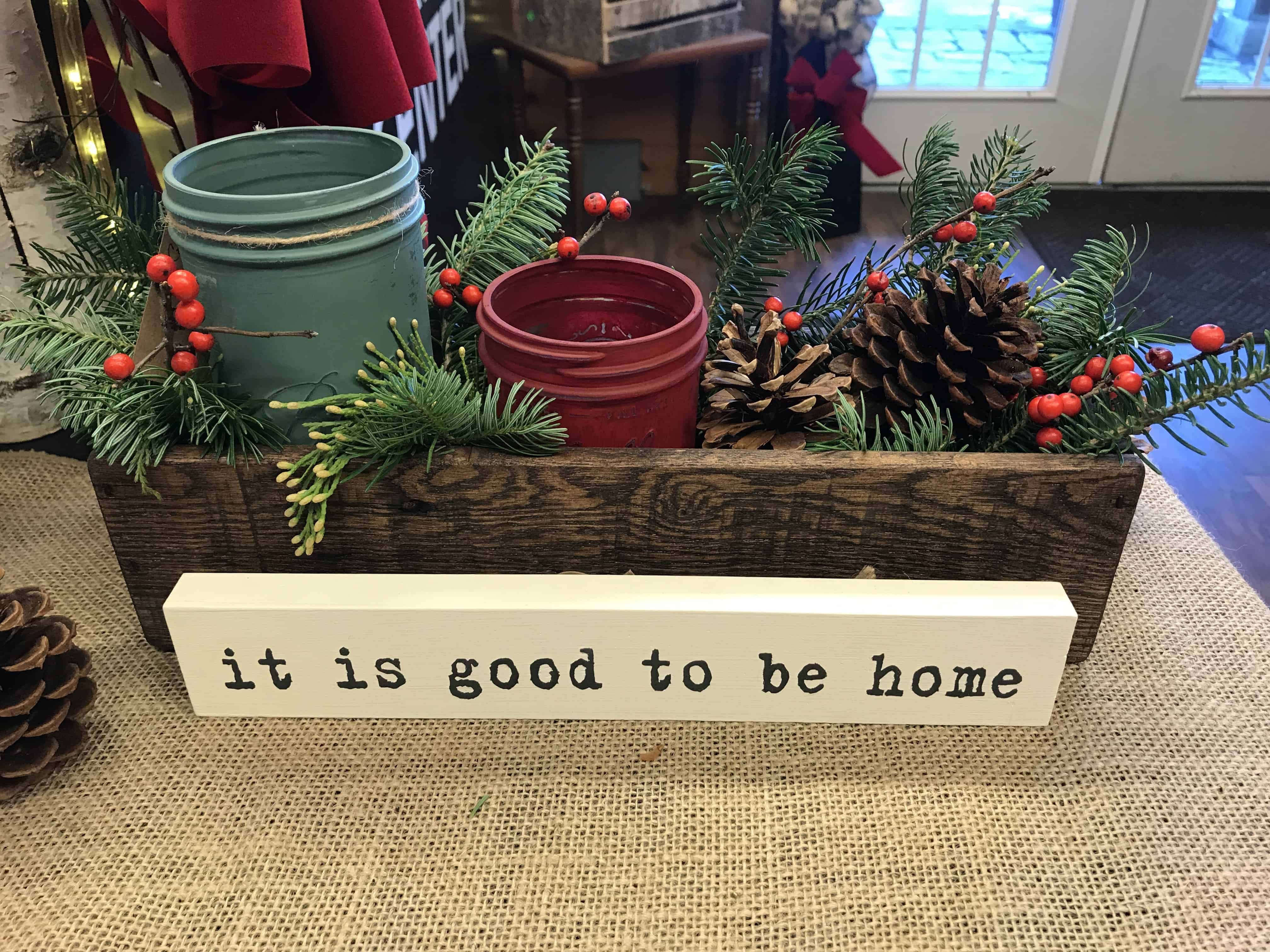
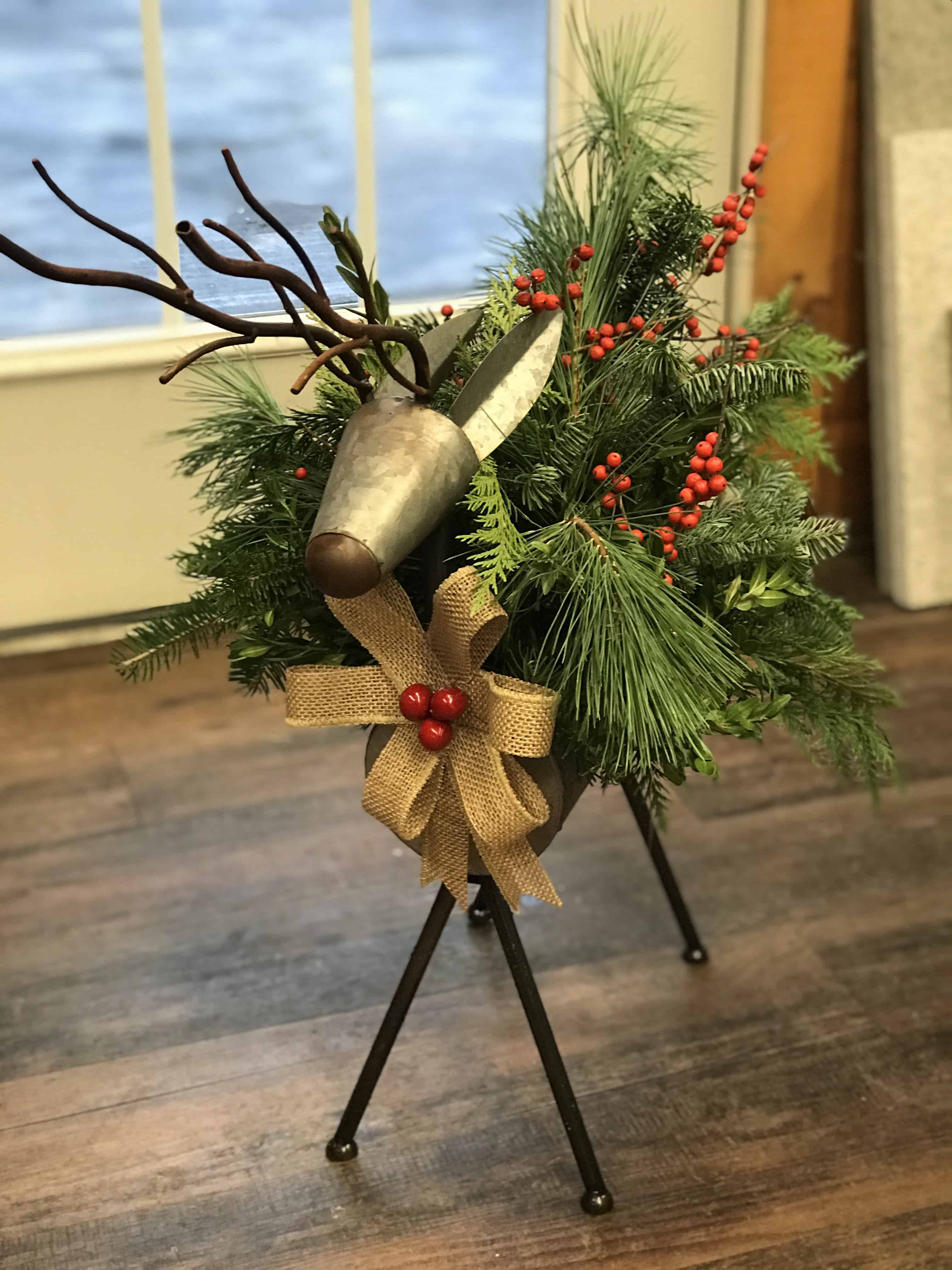 Indoor Décor
Indoor Décor